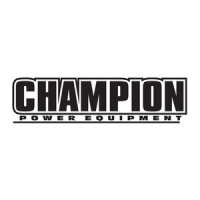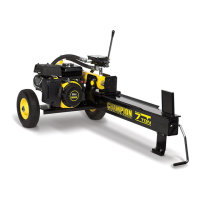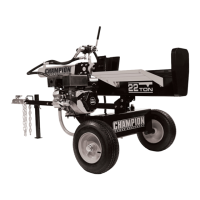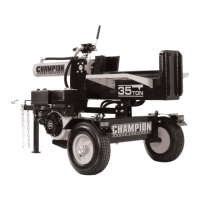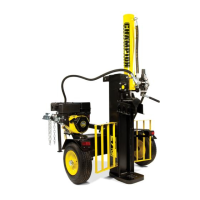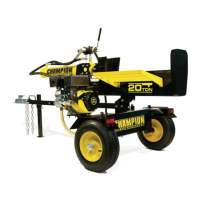OPERATOR'S MANUAL
MODEL #201312
27-TON GAS POWERED LOG SPLITTER
Champion Power Equipment, Inc., Santa Fe Springs, CA USA
or visit championpowerequipment.com
READ AND SAVE THIS MANUAL. This manual contains important safety precautions which should be read and understood before operating the product. Failure to
do so could result in serious injury. This manual should remain with the product.
Specifications, descriptions and illustrations in this manual are as accurate as known at the time of publication, but are subject to change without notice.
REGISTER YOUR PRODUCT ONLINE
at championpowerequipment.com
SERIAL NO. LABEL
4126-M-OP REV 20230412
EN
